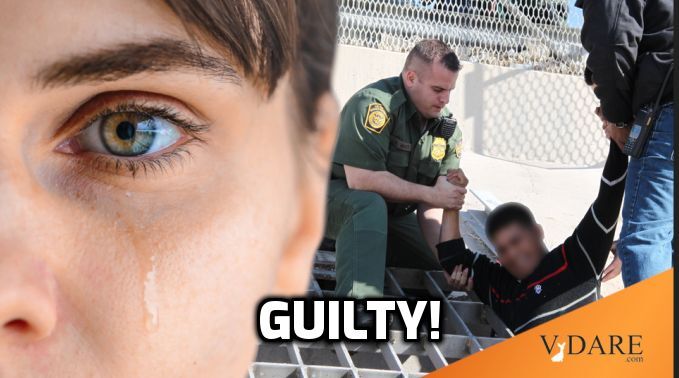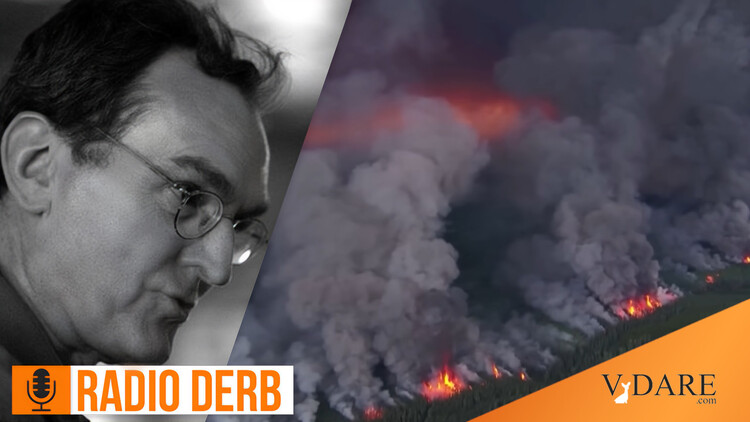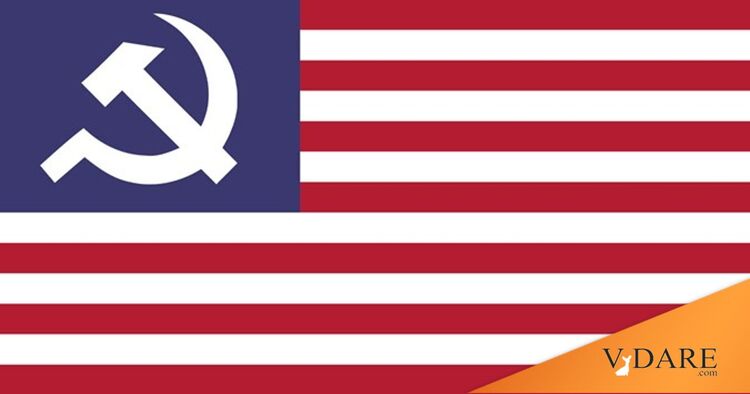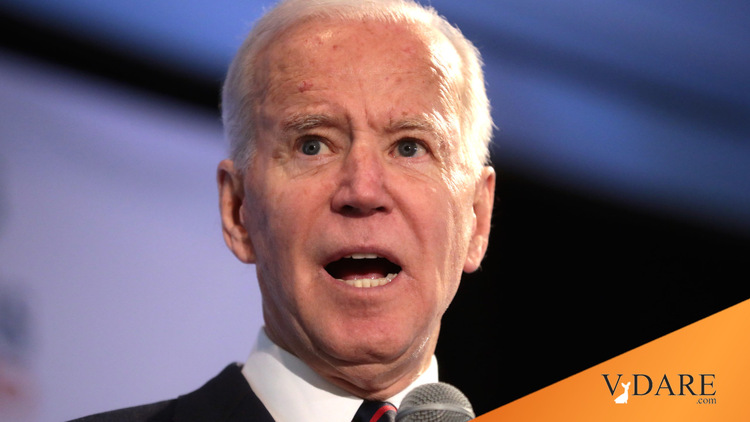From Toronto’s Globe and Mail a few weeks ago:
The Islamic State’s perversion of hijraOther ways it is spelled include hegira and hejira. I used hegira in my new Taki’s Magazine column, “A Few Questions about the Hegira to Germany,” because that’s the way I saw it when I first read about it in the 1960s. (That was back in the days when progressive opinion favored the spelling “Moslem” and only dusty imperialists stuck with “Muslim.”)REBECCA GOULD
Contributed to The Globe and Mail
Published Wednesday, Aug. 19, 2015
Rebecca Gould, the author of the forthcoming book Writers and Rebels: The Literature of Insurgency in the Caucasus, is a professor of humanities at the University of Bristol.
In recent decades, the Arabic word jihad – once used to describe the duty of all Muslims to act according to their faith – has become overwhelmingly associated with the waging of violent war against non-believers. With the rise of the Islamic State, another term has been refashioned for inclusion in the lexicon of extremist violence: hijra.
As with jihad, this is no mere semantic hijacking. The real-world implications are all too alarming. By militarizing the concept of hijra, which traditionally referred to Muslims’ peaceful migration to lands where they would be free from persecution, they have created a powerful tool for radicalizing and recruiting Muslims far and wide, including in the United States and Europe.And, as it turned out, after much conflict, to impose their faith upon everybody in Medina and/or kill the recalcitrant (such as 700 Jews executed in Medina).Hijra’s association with Islam has its origins in the Prophet Mohammed’s escape from Mecca to Medina in 622, to avoid assassination and preserve his community. He and his followers knew that as long as they remained in Mecca, they would be despised by non-Muslims; their very lives were in danger. And so, in an act of hijra – or migration – the prophet left the city of his birth. Islam would have a stable base, because Muslims in Medina would be free to worship according to the dictates of their faith.
And Medina was just the beginning. By 732 A.D., or 110 A.H. (After Hegira) according to the Muslim calendar, there was a Muslim army in central France.
Mohammed’s hijra is not narrated in the Koran, but the sacred book is structured around the event, divided into revelations he received in Mecca and those he received in Medina. The year of Mohammed’s hijra also became the first year of the Islamic calendar. And, as the faith spread, the word came to describe not only Mohammed’s departure for Medina, but also a general obligation by all Muslims to migrate to lands under Muslim rule when it will serve their faith.Or maybe not quite yet fully under Muslim rule.
Over the course of Islamic history, hijra has come to represent more than physical movement; it is widely viewed as an injunction to create a better world in lands under Muslim rule. …In early modernity, however, with the systematic expulsion of Muslims from Spain in 1492, and later from lands seized by other colonial empires, hijra acquired a more violent meaning that anticipated its later association with jihad. After these expulsions – most notably by the Spanish and Russian empires – the concept came to signify not only the pressure to migrate, as during Mohammed’s lifetime, but also an ultimatum from the state: Leave or you will be slaughtered.
Centuries after these violent expulsions by European powers, hijra today signifies much more than physical relocation. For many modern Muslims, hijra represents the perpetual movement between memory and forgetting. It is what Muslims do when – like Palestinians and Chechens – they have been dispossessed by more powerful states. …
Most recently, however, under the Islamic State, hijra has acquired a connotation that alienates it from its prior meanings. The Islamic State can only understand hijra as physical migration for the purpose of jihad. For the Islamic State’s crude and contrived medievalism, the past is of only instrumental value, to be refashioned in the service of violent conquest and savage repression. Far from being an ethical mode of remembering – a source of cultural continuity and consolation – hijra has been turned into a call to arms by this new self-proclaimed caliphate, which the vast majority of Muslims today do not recognize as part of their religion.
Before hijra became militarized, it was used to hold the present accountable to the past. In this richer, if more elusive, sense, hijra far exceeds – indeed, confounds – the Islamic State’s remit. The word’s original evocation of the early Islamic community of believers who had to migrate not to wage war, but rather to live in peace, are nuances that the group’s ideologues – whose appeals to the force of the new require a purified version of the past – would very much like us to forget.












